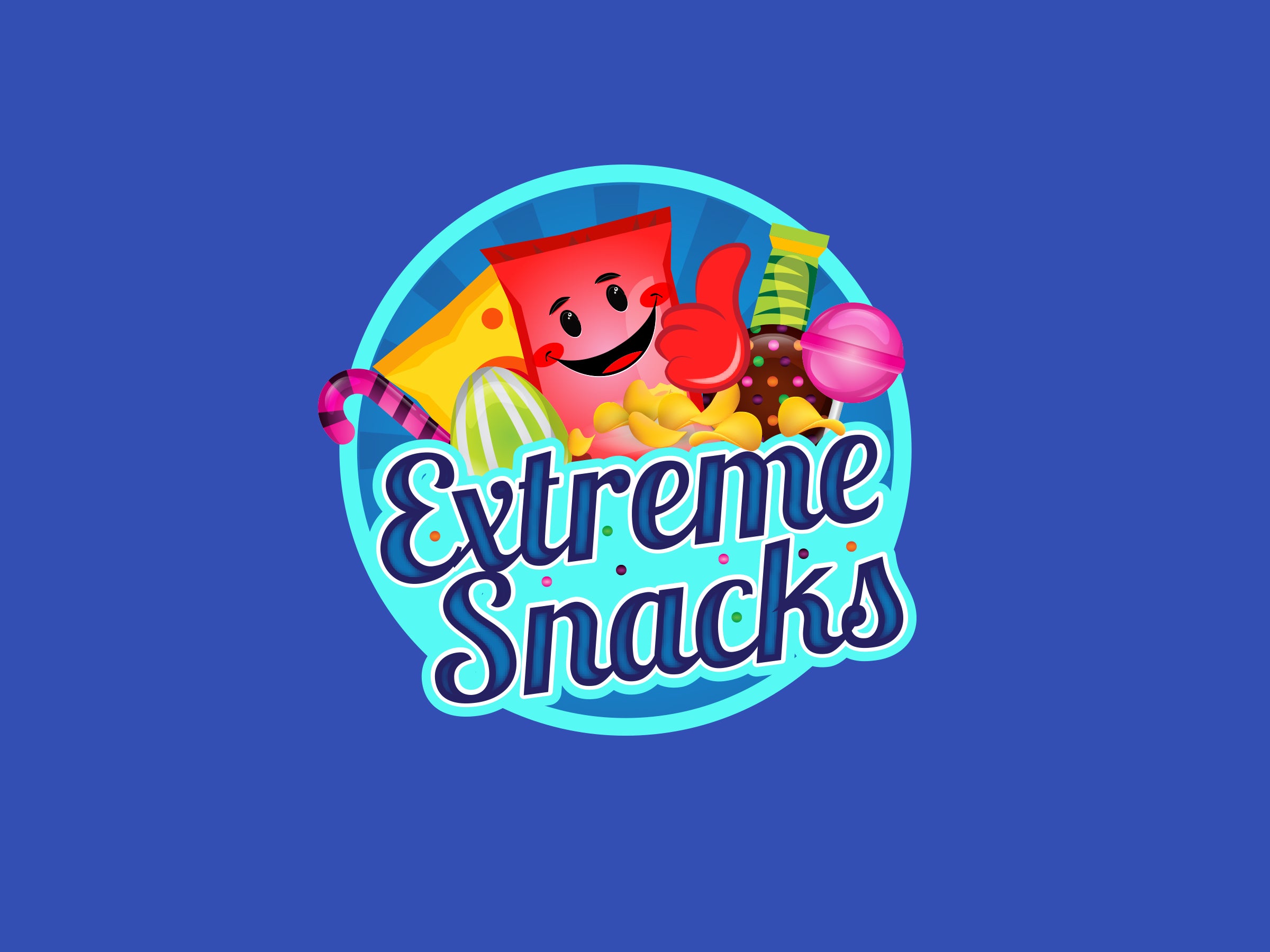The Evolution of Snack Packaging
Snack packaging has come a long way since the early days of food production. From basic paper bags to elaborate designs, the evolution of snack packaging has been shaped by advancements in technology, marketing trends, and consumer preferences. In this blog, we'll take a look at the evolution of snack packaging over the years.
-
The Early Years In the early 1900s, snacks were typically sold loose in bulk quantities, and packaging was minimal. Snacks such as peanuts, pretzels, and popcorn were sold in simple paper bags, often hand-stamped with the name of the vendor or the product.
-
The Introduction of Pre-Packaged Snacks In the 1920s and 1930s, pre-packaged snacks began to appear on the market. Companies such as Frito-Lay and Hershey's began packaging their products in branded bags, boxes, and wrappers. These early packages were often plain and simple, with basic branding and product information.
-
The Rise of Color and Design In the 1950s and 1960s, snack packaging began to evolve with the introduction of more colorful and visually appealing designs. Companies such as Hostess and Keebler started using bright, eye-catching colors and bold graphics on their packages to attract consumers.
-
The Advent of Convenience Packaging In the 1970s and 1980s, snack packaging started to become more convenient and user-friendly. Companies began using resealable bags and single-serve packaging to make it easier for consumers to enjoy their snacks on the go. The introduction of snack-sized portions also helped to reduce waste and improve portion control.
-
The Era of Sustainable Packaging In recent years, there has been a growing trend towards more sustainable snack packaging. Companies are using eco-friendly materials such as biodegradable plastics, paper-based materials, and plant-based alternatives to reduce their environmental impact. Some companies are even experimenting with edible packaging, such as potato chip bags made from potato starch.
In conclusion, the evolution of snack packaging has been a journey of constant innovation and adaptation. From basic paper bags to eco-friendly packaging, snack packaging has come a long way over the years. As consumers become more conscious of their environmental impact, we can expect to see more sustainable packaging solutions in the years to come.

